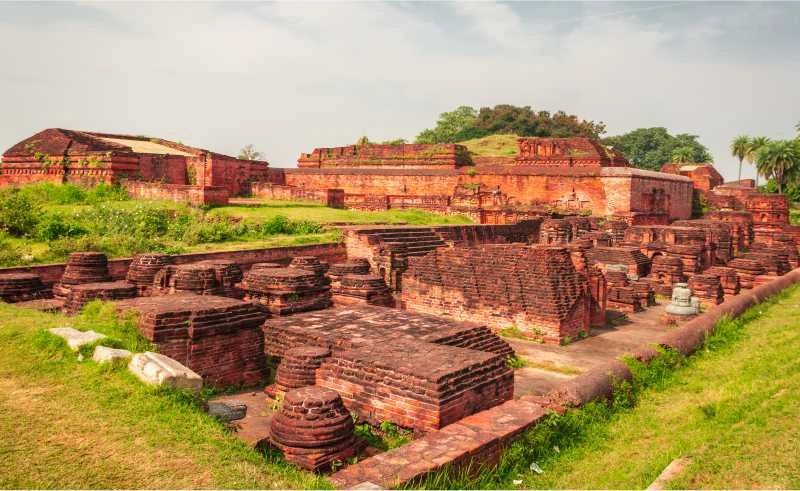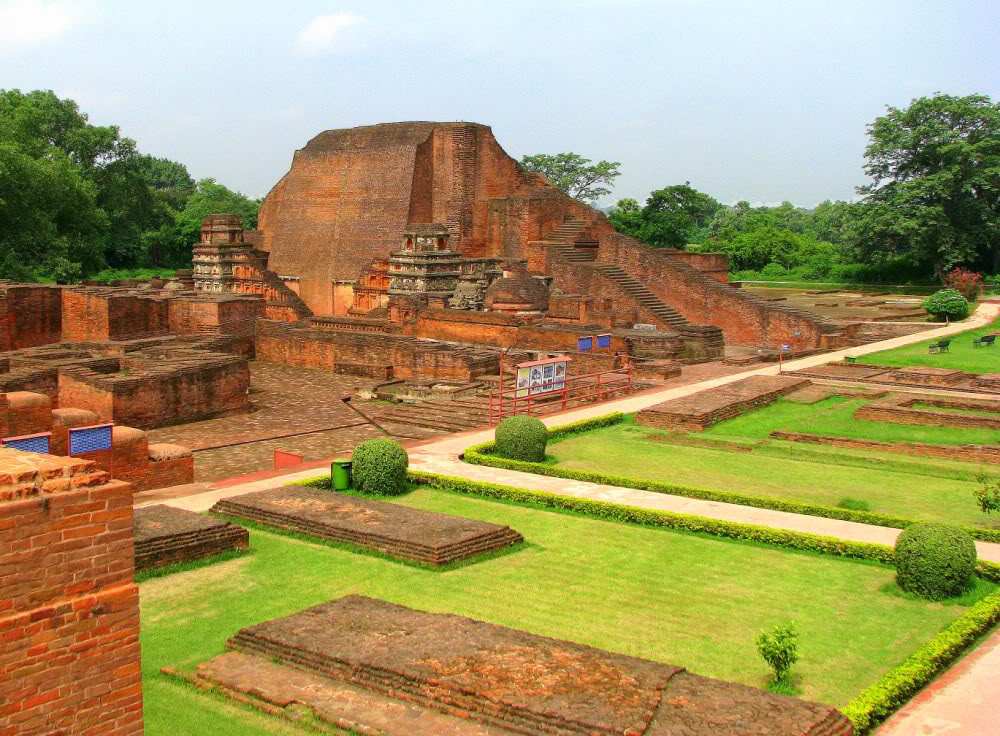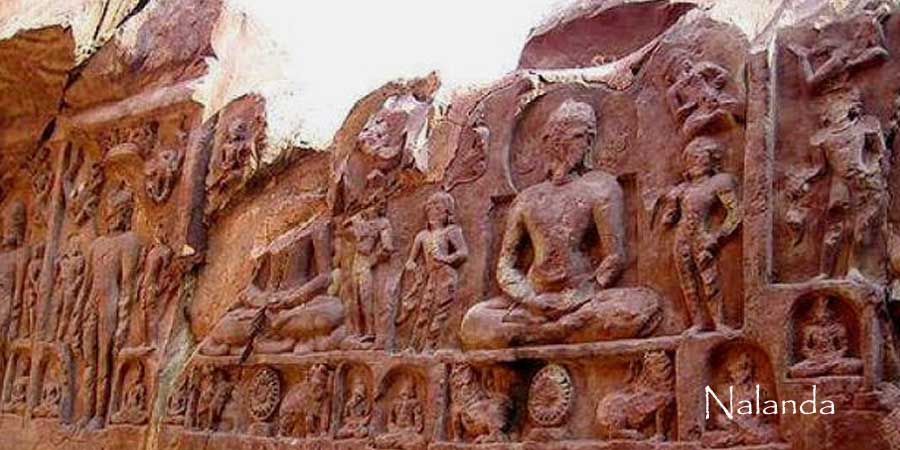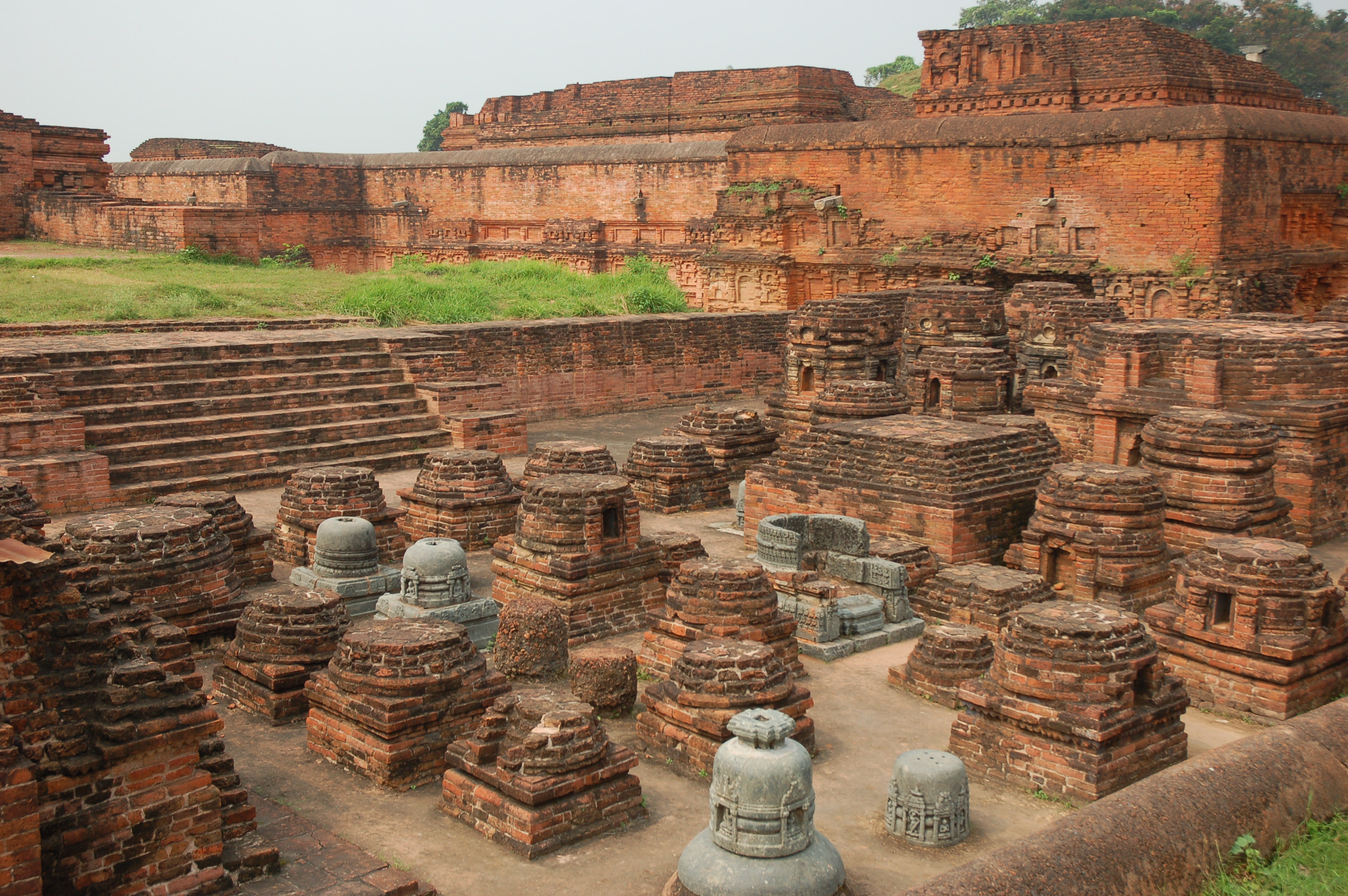20 Best Places to Visit in June in India
June marks the onset of early monsoon in many parts of India, making it one of the most refreshing months for nature lovers. It is...

The ancient ruins of Nalanda University, dating back to the 3rd century BCE, have earned the prestigious designation of a UNESCO World Heritage Site. Recognized for its historical and cultural significance, Nalanda stands as one of India’s greatest centers of learning and an emblem of the country’s rich academic legacy. Located approximately 95 km from Patna in Bihar, this archaeological marvel is a testament to India’s profound contributions to global education and Buddhism.

The Nalanda Mahavihara (Great Monastery) flourished between the 5th and 12th centuries CE in the Magadha region. Established during the Gupta Empire, it became an international hub for scholars from China, Korea, Central Asia, and beyond. The university functioned as an intellectual and monastic institution, where Buddhist studies, philosophy, astronomy, mathematics, and medicine were taught.

UNESCO’s acknowledgment of Nalanda University as a World Heritage Site underscores its invaluable contributions to knowledge and cultural heritage. According to UNESCO, Nalanda represents the most ancient university in the Indian subcontinent, symbolizing the organized transmission of knowledge for over 800 years. It is the second UNESCO Heritage Site in Bihar after the Mahabodhi Temple in Bodh Gaya.

The sprawling ruins of Nalanda University, spread over 150,000 square meters, reveal a well-planned educational complex with remarkable structures:

Nalanda University thrived under the patronage of multiple dynasties, including the Guptas, Palas, and Harsha. However, the university faced several attacks throughout history:
The burning of Nalanda’s library lasted for months due to the vast volume of manuscripts. This event marked a significant setback for intellectual and cultural advancements in India.
Nalanda’s impact transcended geographical boundaries. The university attracted scholars such as Xuanzang and Yijing from China, who documented its advanced pedagogical methods. The institution was structured with rigorous admission processes, detailed curriculum plans, and an environment that encouraged debates and discussions. Its legacy influenced the establishment of other prominent educational centers, including Vikramashila and Odantapuri.
The significance of Nalanda did not fade with its destruction. Recognizing its historical importance, the Government of India initiated the revival of Nalanda University in 2010. The new Nalanda University, located near the ancient site, aims to restore the spirit of international learning. Offering programs in history, ecology, Buddhist studies, and philosophy, the modern university aspires to reconnect with Nalanda’s glorious past.
India has a total of 42 UNESCO World Heritage Sites as of 2024, with Nalanda University being a key cultural site. Alongside Nalanda, other sites that showcase India’s rich heritage include:
The place where Buddha attained enlightenment.
Designed by Le Corbusier, representing modern architectural excellence.
A natural heritage site encompassing the third highest peak in the world.
The recognition of Nalanda University as a UNESCO World Heritage Site strengthens India’s position as a country with deep cultural and educational roots. Preserving such sites ensures that future generations can appreciate and learn from the vast heritage of India. UNESCO’s acknowledgment reaffirms Nalanda’s historical significance and helps in its conservation efforts.
Nalanda University’s designation as a UNESCO World Heritage Site is a tribute to India’s glorious educational past. As one of the world’s first universities, Nalanda played a crucial role in shaping intellectual thought and fostering cross-cultural exchanges. With its revival in modern times, Nalanda continues to inspire scholars worldwide, standing as a beacon of knowledge, heritage, and academic excellence.
Through efforts in conservation, education, and tourism, the rich legacy of Nalanda University will remain an integral part of India’s cultural heritage for centuries to come.
June marks the onset of early monsoon in many parts of India, making it one of the most refreshing months for nature lovers. It is...
May is one of the most exciting months to explore India, as it marks the transition from the pleasant spring months to the onset of...
April marks the beginning of summer across the country, making it one of the most exciting months to travel. With blooming valleys, pleasant hill stations,...
You are one step closer to having the best journey of your lifetime! Talk to us, write to us all that you have envisioned for your India trip, and one of our travel experts will connect with you on priority. To help you explicitly we have WhatsApp and Email addresses!